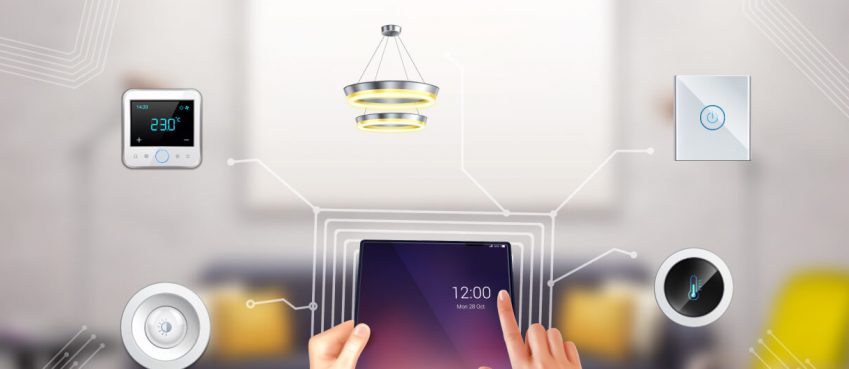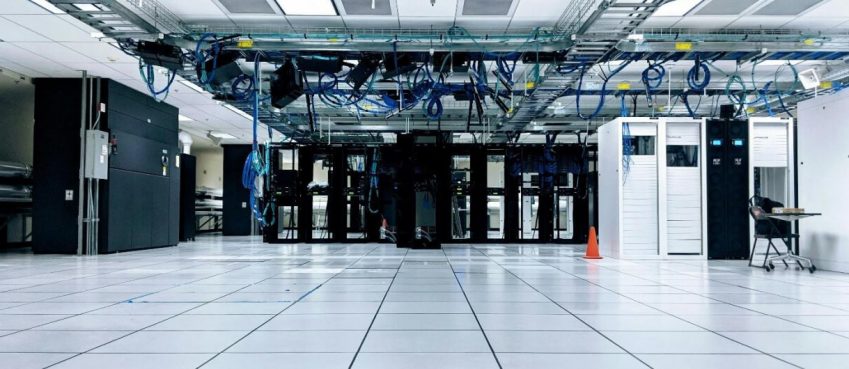
Developing an app is an exciting advancement. It is a great opportunity for businesses to expand and reach their target market. However, as cloud-based applications continue to grow in popularity, so too do the associated risks. Businesses and developers must be aware of the many ways in which their applications can potentially damage or even destroy data, and they must take steps to protect their environments accordingly.
There are many security risks associated with developing and deploying cloud-based applications. These risks can be divided into three main categories: technical risks, organizational risks, and human risks. Technical risks include vulnerabilities in the code or configuration of the app, while organizational risks arise from things like insufficient security policies or procedures. Human risks, on the other hand, are caused by things like user error or malicious insiders.
There are many ways to mitigate the risks associated with developing and deploying cloud-based applications. The first and most important step is to identify the risks that are specific to your organization and your application. Once these risks have been identified, you can then put in place the appropriate security controls to mitigate them.
Security Testing Technologies
The most secure environments for app development are those that use the latest security technologies. These technologies can help to mitigate the risks associated with both technical and human vulnerabilities.
There should be no holes in the system that could allow an attacker to access sensitive data or disrupt service. A comprehensive system monitoring solution will include intrusion detection and prevention capabilities.
Some of the most important security tools for app development include:
- Static Application Security Testing (SAST): SAST tools analyze the source code of an application to identify potential security vulnerabilities. It takes place to prevent threats from being introduced into the code. It is executed without running the code.
- Dynamic Application Security Testing (DAST): DAST tools test for security vulnerabilities by executing an application and observing its behavior. It has the ability to mimic real-world attack scenarios and identify complicated attacks.
- Interactive Application Security Testing (IAST): IAST is a collection of security tools that detects threats in real-time. It combines DAST and SAST. It monitors the app, its flow, and its users.
- Mobile Application Security Testing (MAST): MAST tools test for security vulnerabilities specific to the mobile platforms. These tools are used to test the security of mobile apps on devices such as smartphones and tablets.
Cloud Security
The cloud is a great resource for app development, but it also introduces cloud security risks. When developing cloud-based applications, it is important to consider the security of the underlying infrastructure. Threats that may arise when using a cloud-based system include:
- Hijacking of user accounts: an attacker could gain access to a user’s account and then use it to access sensitive data or launch attacks against other systems.
- Insecure APIs: the application programming interfaces (APIs) that are used to access cloud-based services can be insecure. What that means is that the integrations of applications are not well-protected. Hackers could use these APIs to leak data.
- Data storage threats: data stored on the cloud is easily under threat by hackers. The fact that this data is stored on an external server makes it more easily accessible. Cloud-based systems also often use third-party storage providers. These providers may not have the same security controls in place as the organization using them.
- Denial of service attacks: A denial of service attack (DoS) is when an attacker prevents legitimate users from accessing a system. This can be done by flooding the system with requests or taking advantage of security vulnerabilities. DoS attacks can cause an organization to lose money and damage its reputation.
For your peace of mind, you can find out more about how you can deal with cloud security risks here.
Security Policies and Procedures
Every organization should have security policies and procedures in place to mitigate the risks associated with developing and deploying cloud-based applications. These policies and procedures should be designed to mitigate the risks that are specific to the organization. They should be reviewed on a regular basis to ensure that they are up to date and relevant.
Some of the most important security policies and procedures for app development include:
- Access control: only authorized users should be able to access the app and its data. Access should be granted on a need-to-know basis.
- Data encryption: all data should be encrypted to protect unauthorized persons from reading it.
- Data backups: regular backups of all data should be made to ensure that it can be recovered in the event of data loss.
- Security testing: all apps should be security tested before they are deployed.
- Disaster recovery: a disaster recovery plan should be in place to ensure that the app and its data can be recovered in the event of a disaster.
Minimizing Human Risks
External attackers are often the cause of security breaches in IT systems. It is important to minimize the risk of human error in order to better protect your system against external threats. A secure work environment is important in order to develop an application. To do this, the following steps can be taken:
- Protection of systems by hard-to-guess passwords. These passwords should only be given out to authorized individuals. If they need to be stored anywhere, they should be in a secure place. They should be changed every 90 days.
- Use of two-factor authentication (2FA) where possible. This adds an extra layer of security as it requires individuals to have something else in addition to their password in order to access systems. 2FA can, for example, be used to prevent malicious individuals from accessing company emails.
- Creation of least privileged accounts so that individuals are only given access to the files and systems that they need.
- Backups of important files should be performed regularly and stored offline.
- Firewall and antivirus protection should be in place to help protect workplace systems from malware and other malicious software.
To find out even more about creating a secure development environment, see the 8 principles to help improve the development environment by the National Cyber Security Crime Agency.
Top 10 News
-
01
Top 10 Deep Learning Multimodal Models & Their Uses
Tuesday August 12, 2025
-
02
10 Google AI Mode Facts That Every SEOs Should Know (And Wha...
Friday July 4, 2025
-
03
Top 10 visionOS 26 Features & Announcement (With Video)
Thursday June 12, 2025
-
04
Top 10 Veo 3 AI Video Generators in 2025 (Compared & Te...
Tuesday June 10, 2025
-
05
Top 10 AI GPUs That Can Increase Work Productivity By 30% (W...
Wednesday May 28, 2025
-
06
[10 BEST] AI Influencer Generator Apps Trending Right Now
Monday March 17, 2025
-
07
The 10 Best Companies Providing Electric Fencing For Busines...
Tuesday March 11, 2025
-
08
Top 10 Social Security Fairness Act Benefits In 2025
Wednesday March 5, 2025
-
09
Top 10 AI Infrastructure Companies In The World
Tuesday February 11, 2025
-
10
What Are Top 10 Blood Thinners To Minimize Heart Disease?
Wednesday January 22, 2025







